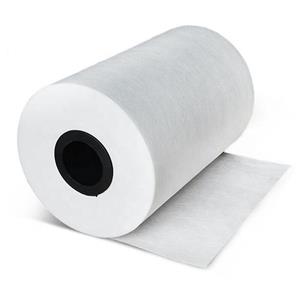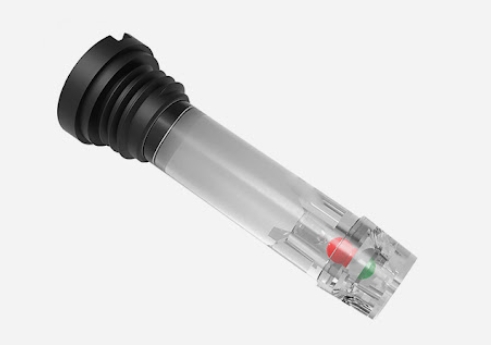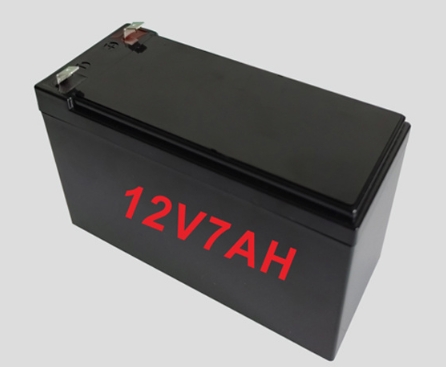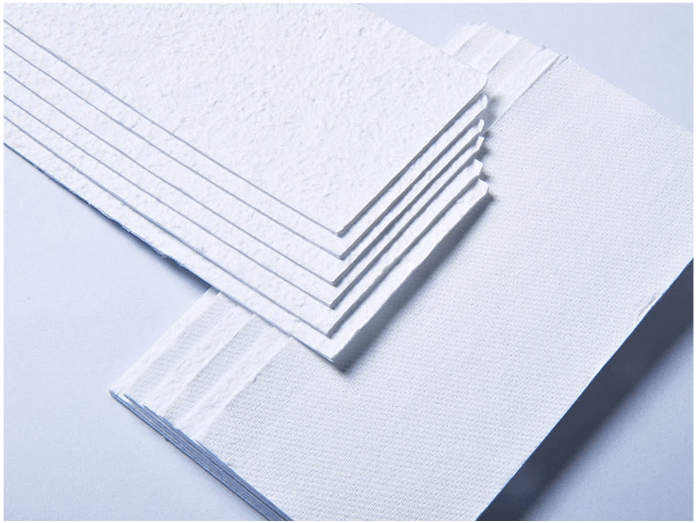Existing Methods for Determining Suitable Thickness of AGM Separators
- By: JinHan
- Feb 05,2024
follow us
Moderate Pressure, Moderate Assembly Tightness
AGM separator thickness at 10 KPa pressure is taken as the base, with a compression rate of 25-30%. This is used to determine the assembly tightness of the battery or select the appropriate thickness of AGM separators. The basis for this method is the widely introduced concept in literature that separators have longer deep cycle life at 40-50 KPa pressure. According to the relationship between AGM separator thickness and pressure, compressing 25-30% based on dry thickness at 10 KPa pressure can generate 40-50 KPa pressure on the plates in wet conditions.
High Pressure, High Assembly Tightness
AGM separator thickness at 100 KPa pressure is taken as the base, with an additional compression of 10-15%. This is used to determine the assembly tightness of the battery or select suitable AGM separator thickness. This approach, based on the relationship between AGM separator thickness and pressure, can generate approximately 130-150 KPa pressure on the plates in dry conditions.
A similar method is to directly consider the AGM separator thickness at 100 KPa pressure as the suitable thickness. This is because it is believed that plates have a longer deep cycle life at 100 KPa.
Oxygen Cycle and Recombination Efficiency
The internal processes of VRLA batteries depend on the transmission of oxygen from the positive plate through the separator to the negative plate during the charging process. This transmission is only effective when the separator is not completely saturated. A saturation level of 95% or lower is more favorable. The actual structure of the separator has a significant impact on the efficiency of oxygen recombination. Separators with a large surface area and small average pore size may have higher acid climbing, providing greater resistance to oxygen diffusion. This may imply the need for separators with a higher fiber percentage or mixed separators containing organic fibers.
Stratification and Drying
Uniform distribution of sulfuric acid electrolyte between the plates is crucial for the battery's performance. Two types of deviations from this ideal state are encountered:
1) uneven distribution of the liquid phase when not completely saturated
2) the generation of concentration gradients in the liquid phase
Uneven distribution of electrolyte between the plates not only affects the oxygen cycle but also hinders the full utilization of active materials. This becomes a more serious problem when water loss and a decrease in the overall volume of electrolyte occur. The surface tension of the electrolyte can overcome gravity and rise to a certain height, but plates higher than this height will become incompletely saturated. For commonly used AGM separators, the height limit is 30-40 cm. If larger plates are needed due to capacity requirements, either the separators must be placed horizontally, or materials with a finer pore structure must be used as separators.
--End--

 English
English Russian
Russian Portuguese
Portuguese Arabic
Arabic Bangla
Bangla Indonesian
Indonesian








